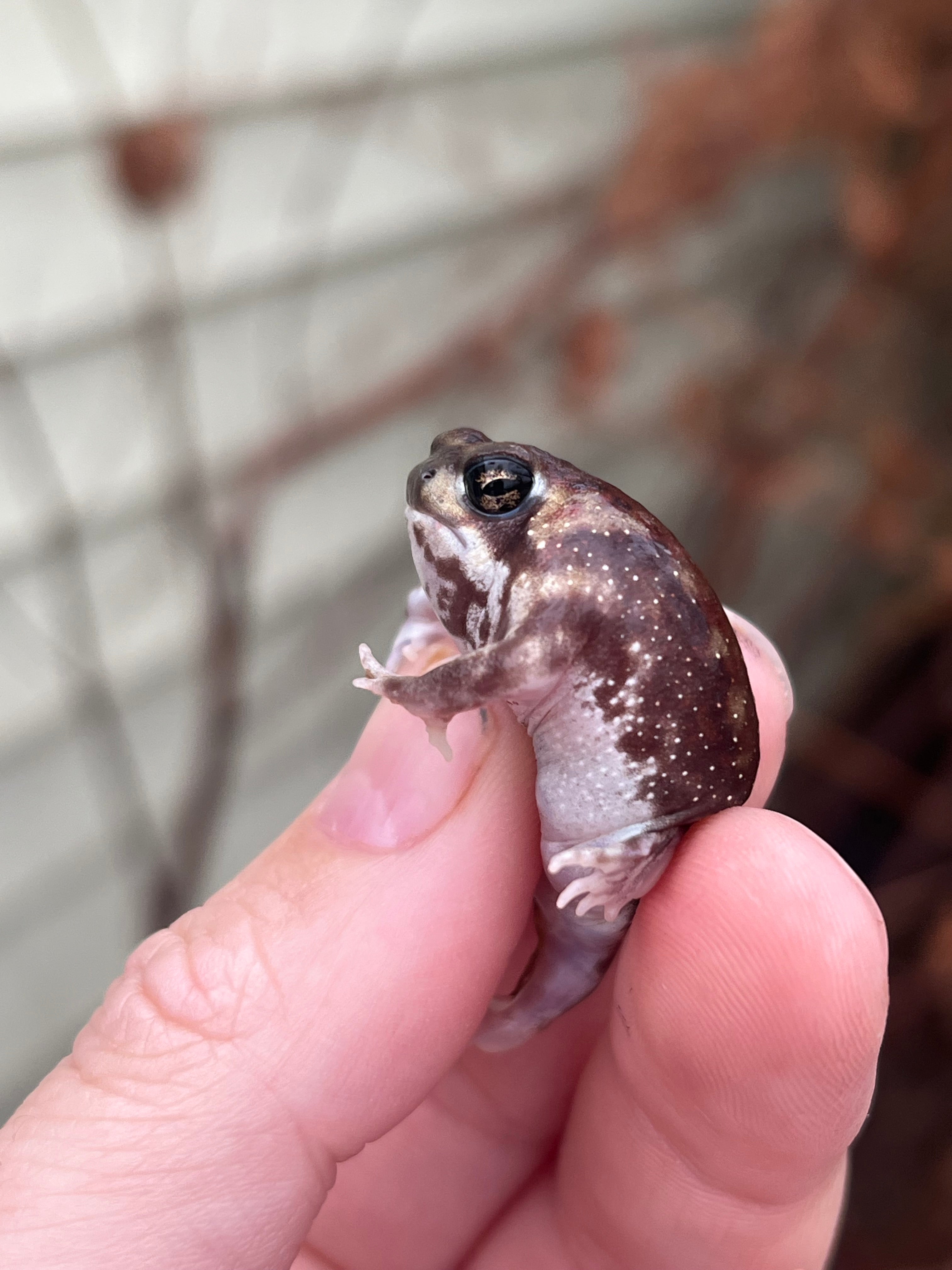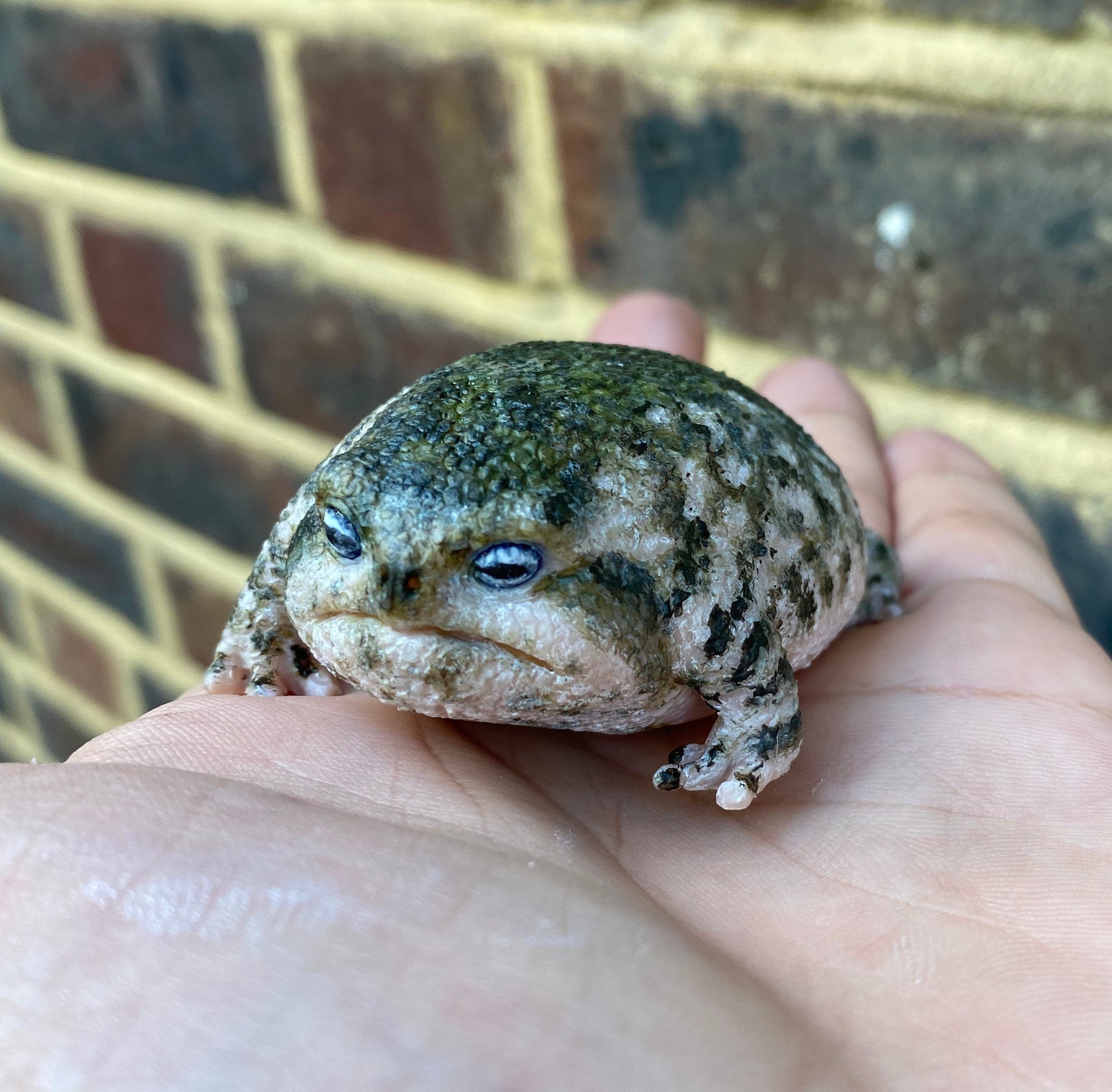Seeking Rain Frog for Sale? Find Your Ideal Amphibian Companion Here!
Seeking Rain Frog for Sale? Find Your Ideal Amphibian Companion Here!
Blog Article
The Very Best Reptile Enclosures: How to Create the Ideal Habitat
Creating the ideal environment for reptiles is not simply concerning positioning them in a container or room; it entails a thoughtful factor to consider of numerous variables that add to their total health. From the size of the enclosure to the kind of substrate used, every element plays an important duty in supplying a setting where your reptile can prosper. By recognizing the details needs of your reptile varieties and implementing the appropriate environment arrangement, you can guarantee their wellness and joy in captivity.
Selecting the Right Room Size
When choosing an enclosure size for reptiles, it is imperative to consider their natural actions and room demands to ensure their well-being and health. Various reptile types have varying demands when it involves environment room. Arboreal types like chameleons or tree snakes call for upright space for setting down and climbing, while earthbound types such as bearded dragons or leopard geckos need more flooring area for exploring and thermoregulation. Marine turtles like red-eared sliders require enclosures with both water and land locations for swimming and basking.
A basic rule of thumb is to offer ample space for the reptile to show all-natural behaviors, such as basking, hiding, climbing up, and foraging. By thoroughly thinking about the certain requirements of the reptile varieties in question, proprietors can produce a suitable and enhancing habitat that promotes overall health and encourages natural habits.
Establishing Proper Home Heating Aspects
To ensure the health and health of reptiles in their enclosures, it is crucial to thoroughly establish up appropriate home heating components. When establishing up home heating components in a reptile room, it is vital to think about the specific temperature needs of the species you are caring for.
One common and effective heating element for reptile enclosures is a warmth lamp or ceramic warmth emitter. These warmth sources can be made use of to create a temperature gradient within the unit, permitting reptiles to relocate in between warmer and cooler locations as needed. Additionally, under-tank hot pad or heat floor coverings can be utilized to provide stomach warmth, which is specifically helpful for reptiles that need added heat to assist in food digestion.
Checking the temperature within the room using a thermometer is crucial to make certain that the home heating components are keeping the appropriate temperature variety for your reptile. Consistently examine and adjust the burner as required to create a comfortable and healthy atmosphere for your scaly good friend.
Selecting Appropriate Lighting Fixtures

Giving the Suitable Substrate
Picking the suitable substrate is crucial for producing a ideal and comfy atmosphere for reptiles in their enclosures. The substrate offers numerous functions, including providing a foundation for natural habits like delving, helping in maintaining appropriate humidity degrees, and using a comfortable surface for the reptile to relax upon - rain frog for sale. When picking a substrate for your reptile enclosure, it is important to consider the species-specific requirements of your pet. Some reptiles, such as desert-dwelling types like bearded dragons, grow on substrates like calcium sand or reptile carpet, while others, like sphere pythons, favor coconut husk or aspen bedding to keep humidity degrees.
Prevent substrates that can create impaction, such as loosened substratums like sand or gravel, especially for reptiles recognized to consume their bed linens. Regularly cleaning and changing the substrate is vital to make sure a sanitary and clean setting for your reptile.
Decorating for Enrichment and Convenience
Considering the substrate's duty in giving a structure for natural habits and maintaining an appropriate atmosphere, improving the reptile room with appropriate designs is vital for both enrichment and convenience. Designs such go to this web-site as branches, rocks, click here to find out more hideouts, and fabricated plants not only develop an extra visually appealing habitat yet likewise serve practical purposes. Branches supply climbing opportunities for arboreal varieties, while rocks can act as basking areas for heat. Hideouts supply sanctuary and protection, lowering tension degrees for the reptile. Synthetic plants not just improve the visual appeals yet likewise give hiding places and enrichment by allowing the reptile to connect and explore with its atmosphere. When decorating the unit, it is important to think about the reptile's species-specific requirements and behaviors to develop a room that promotes mental and physical wellness. By integrating a selection of designs that simulate the reptile's natural habitat, proprietors can ensure their pet dog's comfort and promote their natural reactions, eventually leading to a better and much healthier reptile.
Verdict

Producing the best habitat for reptiles is not simply concerning try these out placing them in a storage tank or unit; it entails a thoughtful consideration of various aspects that add to their overall well-being.Choosing the proper substratum is important for producing a comfy and suitable atmosphere for reptiles in their rooms. Some reptiles, such as desert-dwelling varieties like bearded dragons, grow on substratums like calcium sand or reptile carpet, while others, like ball pythons, choose coconut husk or aspen bed linen to preserve moisture degrees.
By integrating a variety of designs that simulate the reptile's all-natural habitat, owners can ensure their family pet's comfort and promote their all-natural reactions, inevitably leading to a better and much healthier reptile.
In final thought, producing the suitable habitat for reptiles involves selecting the appropriate enclosure dimension, home heating components, lighting components, substratum, and decors.
Report this page